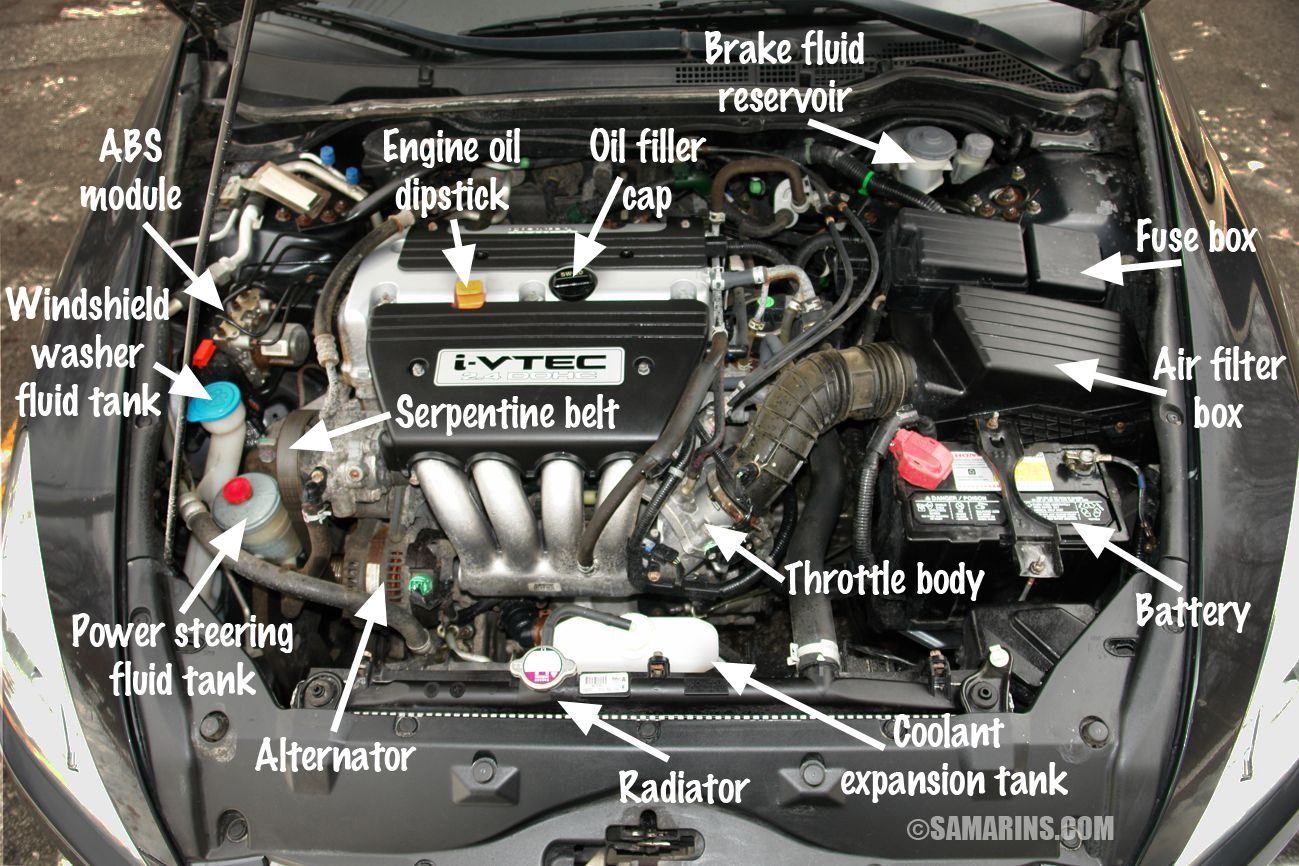
When it comes to understanding cars, one of the most important aspects is the engine. For many beginners, the engine can be a complex and intimidating subject. But fear not! In this guide, we will simplify car engine basics to help you gain a better understanding of what lies under the hood.
1. What is a Car Engine?
A car engine is a machine that converts fuel into mechanical power, allowing the vehicle to move. It is the heart and soul of a car, providing the necessary energy to propel it forward. Understanding its components and functions can be the first step towards becoming a knowledgeable car owner.
2. Engine Types
Car engines come in various types, but the most common ones are:
Internal Combustion Engine (ICE): This type of engine burns fuel internally to produce power.
Diesel Engine: Diesel engines operate on the principle of compression ignition.
Electric Engine: Electric engines are powered by electricity and are gaining popularity due to their eco-friendliness.
3. Engine Components
To truly understand the basics of a car engine, it’s important to familiarize yourself with its key components:
Engine Block: The main housing of the engine, which contains the cylinders and other internal parts.
Pistons: These reciprocating components move up and down within the cylinders, converting the energy from the fuel into mechanical motion.
Crankshaft: The crankshaft transforms the up-and-down piston motion into rotational motion, which ultimately propels the vehicle.
Camshaft: The camshaft controls the opening and closing of the engine’s valves, allowing fuel and air to enter and exhaust gases to exit.
Valves: Valves play a crucial role in the combustion process by regulating the flow of fuel and air into the cylinders and the release of exhaust gases.
Spark Plugs: These components generate sparks to ignite the compressed air-fuel mixture within the cylinders.
4. How an Engine Works
To simplify the intricate workings of an engine:
The engine draws in air and mixes it with fuel inside the cylinders.
The spark plug ignites the compressed air-fuel mixture, creating a controlled explosion.
This explosion forces the pistons to move, which in turn rotates the crankshaft.
The rotation of the crankshaft transfers power to the wheels, propelling the car forward.
5. Maintenance and Care
Regular engine maintenance is essential for ensuring its longevity and optimal performance:
Oil Changes: Changing the engine oil at regular intervals helps lubricate the moving parts, reducing friction and preventing wear.
Air Filter Replacement: A clean air filter ensures a steady flow of clean air into the engine, improving fuel efficiency and performance.
Spark Plug Inspection: Worn-out or dirty spark plugs can lead to misfires and reduced fuel efficiency. Regular inspection and replacement are necessary.
Cooling System Maintenance: The engine’s cooling system needs to be functioning properly to prevent overheating. Regular checks and coolant replacement are crucial.
Conclusion
With this beginner’s guide to car engine basics, you now have a solid foundation to comprehend the key components and workings of a car engine. Remember, regular maintenance and care go a long way in ensuring its optimal performance and longevity. So, the next time you pop the hood, you can have a better appreciation for the engineering marvel that lies beneath.

